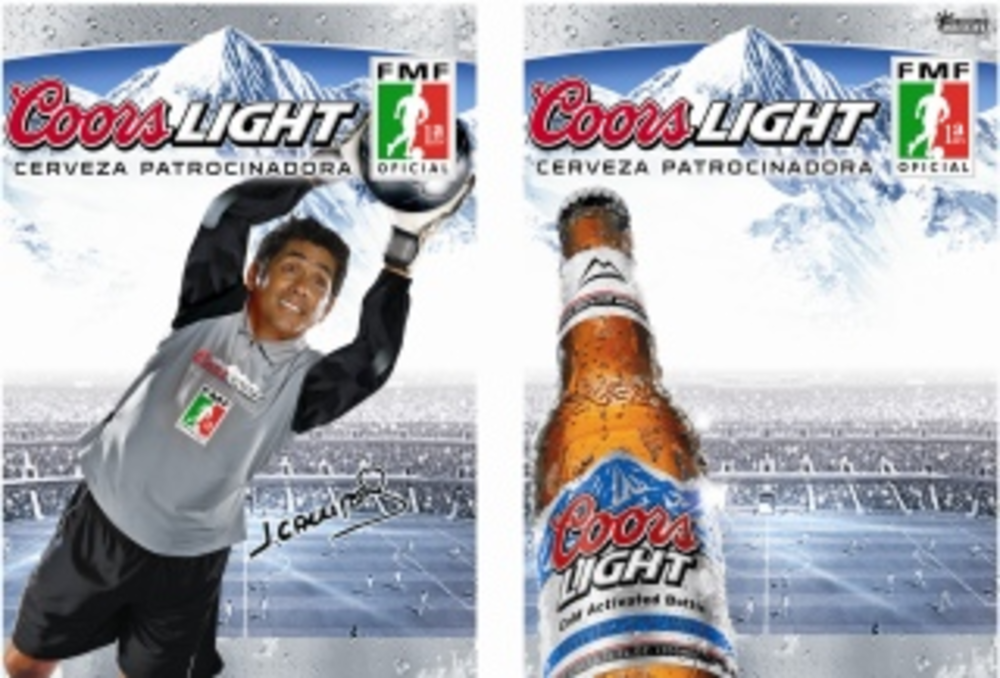The populations of Hispanics and Asians in the US have each increased more than 40% in the last decade, a fact that has not escaped the country’s marketers. The 2010 US Census data revealed that 16.3% of the country’s population is now Hispanic, while Asians comprise 4.8% but is the fastest growing group. ?
Every ethnic group witnessed at least double-digit percentage growth, with the black population growing the slowest at 12.3%. For marketers, this data has either served as a wake-up call for those who have traditionally catered to a mainstream audience or as an affirmation for those who have designed culture-specific campaigns. ?
“We’re way beyond just putting a black face in an ad to appeal to individuals,” says Jerome Williams, interim PhD program director and Prudential Chair in Business at Rutgers University. “There was a time in the 1960s and ’70s when you saw a black or Hispanic face and it did have an appeal. Today, marketers have to go deeper than that to appeal to a ?particular group.”?
Manhattan-based marketing services agency GlobalWorks recently created a campaign segmented by race and sexuality for US Bank. The campaign addressed each group’s unique attitude toward saving money, with campaigns designed specifically for Hispanics, Asians, blacks and gay and lesbian couples, among other groups. ?
Because Hispanics tend not to have a savings mentality, says Jose Velez-Silva, multicultural group account director at GlobalWorks, the Hispanic-segmented campaign focused on ways to teach consumers how to save and why saving money is important. The campaign designed for gay and lesbian couples, a segment that consumes a lot but doesn’t save much, adds Velez-Silva, featured a tagline that said, “You have achieved more difficult things than saving money.” ?
“In the last few years, more and more marketers are changing the way they present their brands in order to address the reality of a new America,” says Iñaki Escudero, creative director at GlobalWorks. ?
Another marketer, Comcast Corp., created a unique campaign in February for Hispanic customers in collaboration with Améredia. The campaign included commercials featuring Spanish-language spokeswoman Sofia Vergara that aired during Spanish-language events. Comcast also sent direct mail pieces that focused on Comcast’s more than 700 Spanish-language programs available on-demand, while search engine marketing drove traffic to its Spanish-language microsite. ?
“There’s some parity in the way we target all markets,” says Jorge Alberni, director of corporate communications at Comcast Corp. “There are basic core wants and needs that all customers have. That’s not a cultural thing. That’s a human thing.”?
Comcast launched a Spanish-language center of excellence in Florida in late April. The center comprises 300 executives whose sole responsibility will be to address Spanish-language needs, including marketing and tailoring opportunities to Hispanics, says Alberni. ?
The census revealed one ultimate truth, says Al Patel, VP of multicultural marketing at MillerCoors. “The majority of [financial] growth will come from multicultural consumers in the next five years,” he comments. ?
MillerCoors not only inserts its products and messaging into the passion points of its multicultural consumers, such as Coors Light becoming the sponsor of Mexico’s Primera División soccer league in 2010, but it shapes its campaigns to offer the same overall ?messaging to all consumers, only with slight cultural tweaks. ?
Miller Light recently launched a TV campaign where a beer drinker is asked to choose between an unnamed, flavorless light beer and a Miller Light. The spots ran in Spanish and English, with a secondary English spot geared toward the black community. In the Spanish-language ad, a man must choose between two soccer teams. In the other, the man is texting on his mobile device at a basketball game.?
“A Hispanic wouldn’t choose which soccer team to root for lightly,” says Patel, of the ad. “Soccer is a passion for Mexican Hispanics. It’s the NFL on steroids…African Americans are bigger mobile users and earlier adopters than any other segment and they enjoy watching hoops.”?
The Miller Light brand recently announced its sponsorship of soccer’s Concacaf Gold Cup tournament, which features matches in North America, Central America and the Caribbean. It will run a sweepstakes promotion offering consumers the chance to win a trip to the tournament’s final game. “The Census told us that we [as a country] are changing quickly,” says Patel. “You have to figure out how to better and better connect with multicultural consumers in culturally relevant and authentic ways.” ?
Some companies have just begun to segment according to culture. Prudential financial services, which hosts an annual multicultural marketing symposium geared toward “getting everyone starting to think about multicultural marketing,” says Mark Hug, CMO of Prudential Individual Life Insurance, recently began the process of understanding how and why to speak differently to consumers based on culture.?
Since the symposium, Prudential formed a multicultural marketing team made up of more than 100 people and the company has developed microsites providing general consumer education to multicultural communities. Hug says the company’s direct mail will change within the next six months and that it will be “changing the look and feel of our material so that it’s more inclusive and authentic.” ?
“Mainstream marketing doesn’t necessarily talk in the language our consumer is going to hear,” explains Hug. “A Midwesterner will always be a Midwesterner. You don’t talk to them the way you talk to someone on the East Coast. We’ve been at this for less than a year and we’re learning.” ?
Prudential has learned one important lesson that all marketers will have to learn in the years to come: “Seeing a little bit of yourself in advertising goes a long way.”







